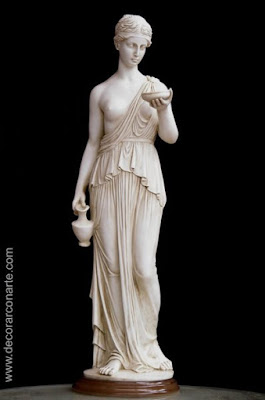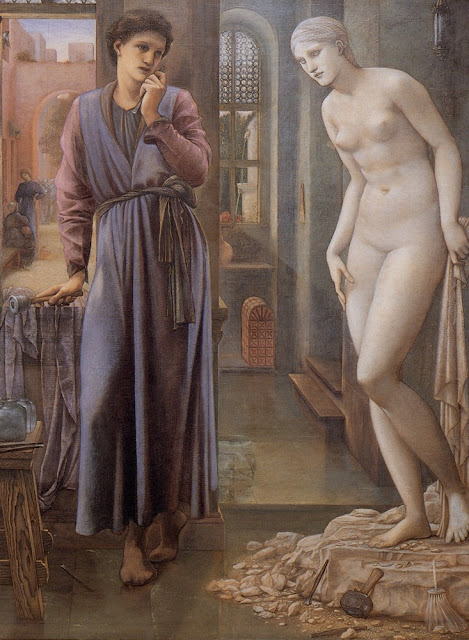The Soul Attains. Canvas of Burne-Jones.

The painting "The Soul Attains" by Burne-Jones Sir Edward Coley Burne-Jones (1833 - 1898) was an English artist and designer and the primarily responsible to attract the Pre-Raphaelites to the mainstream of British art and, at the same time, he made some of the most exquisite and beautiful works of art at this era. Burne-Jones was inspired by mythological themes, as can be seen in his cycle on the myth of Perseus in tempera (1875) or in Atlas turned to stone. Also hosts allegorical themes and historical legends. Here you can get the canvases of Burne-Jones.















































